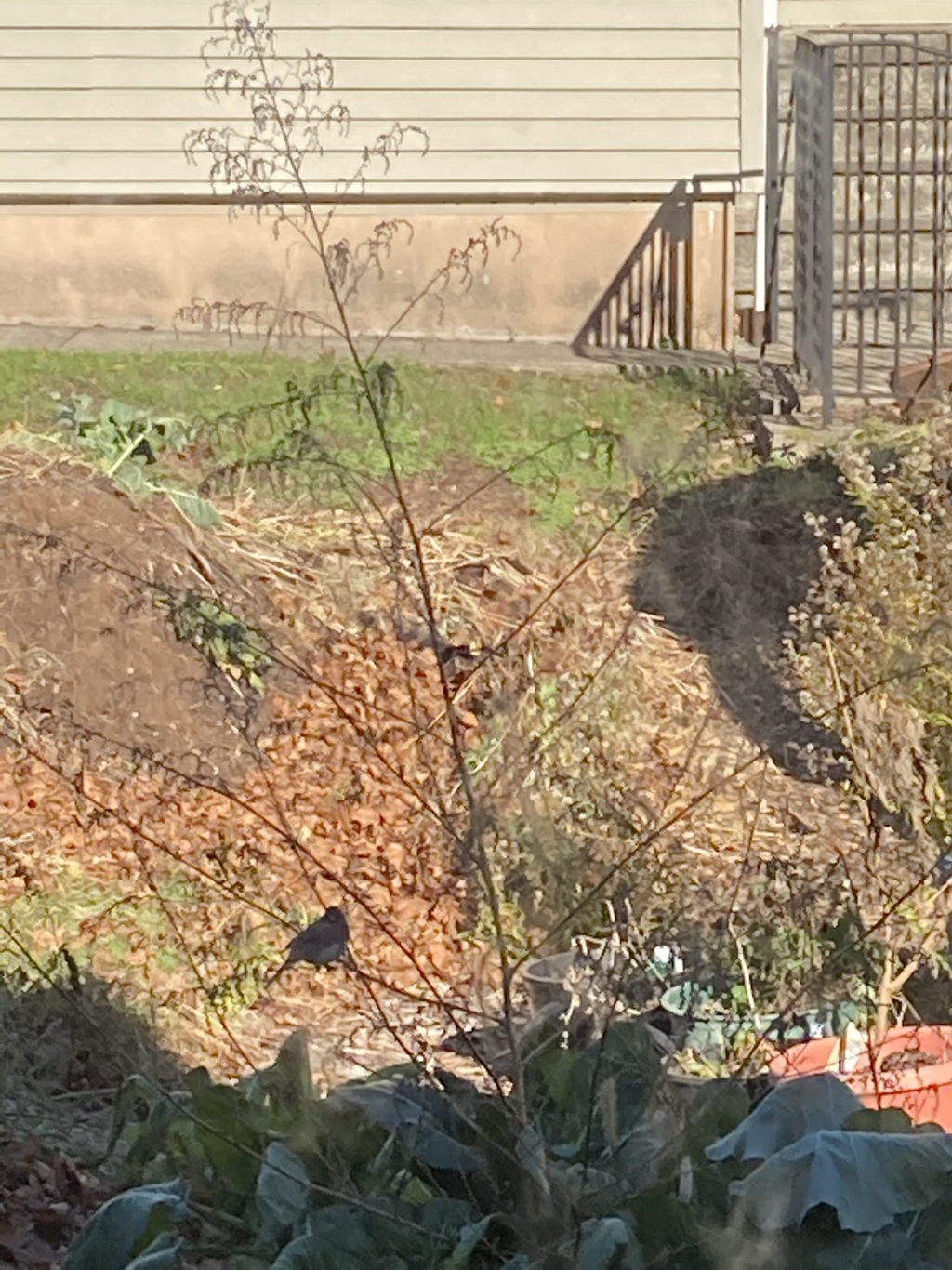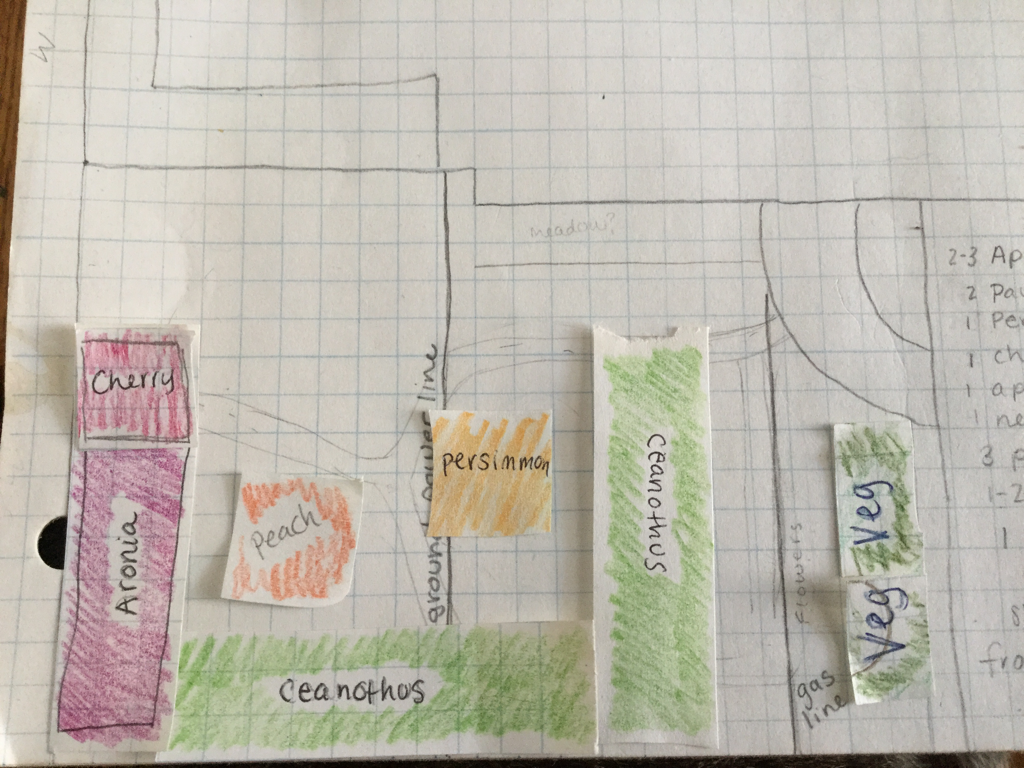|
I've lain awake the last few nights listening to the wind howl. It howled a lot in the fall as well. I went out to determine the direction and found that it was whipping from the South and Southwest, right through the front yard. Willy Weather confirmed it. They have a great feature that tracks current wind speed and direction, and they have records for the past few months. Seems like the wind generally blows anywhere from Northwest to West to South in our yard, with the strongest wind coming from the West. Why does wind matter to a garden? It warps trees or places undue stress on them, and can inhibit all plant growth. Livestock exposed to strong wind are about 1/3 lighter than sheltered livestock because they use so much energy to stay up! It’s our front yard that catches wind the hardest; it’s on a busy street, which acts as a wind tunnel. I thought it was protected enough by the surrounding houses and trees, but I was wrong. So I redesigned the gardens. (I honestly don’t know why some streets create faster than others. It probably has something to do with building height. Our old house was amongst tall city buildings and the gusts were huge. If you’re wondering whether you need to redesign your food forest to include wind protection, listen to the wind at night, or go out in a wind event to see what the wind is doing in your little yard.) My new design includes a windbreak hedge, which creates a warm and calm microclimate within. I was somewhat dismayed when I realized that I had to include a windbreak; I wanted my garden on display, and I wanted to fit the maximum number of trees in the front yard. But a hedge provides other benefits, such as nesting locations for birds and a sensical way to include shrubs I wanted but didn’t include in the original design. To choose the shrubs to include, I went to Martin Crawford’s handy dandy book. Not great options. I wanted my hedge to be entirely native plants (Read the book Bringing Nature Home to find out why) and Crawford has no problem with planting plants from other continents. Some ground rules for windbreaks:
So, I decided on:
1 Comment
John
2/14/2020 09:57:52 am
Very well thought out.
Reply
Leave a Reply. |
Categories
All
Archives
August 2021
|
Proudly powered by Weebly


 RSS Feed
RSS Feed